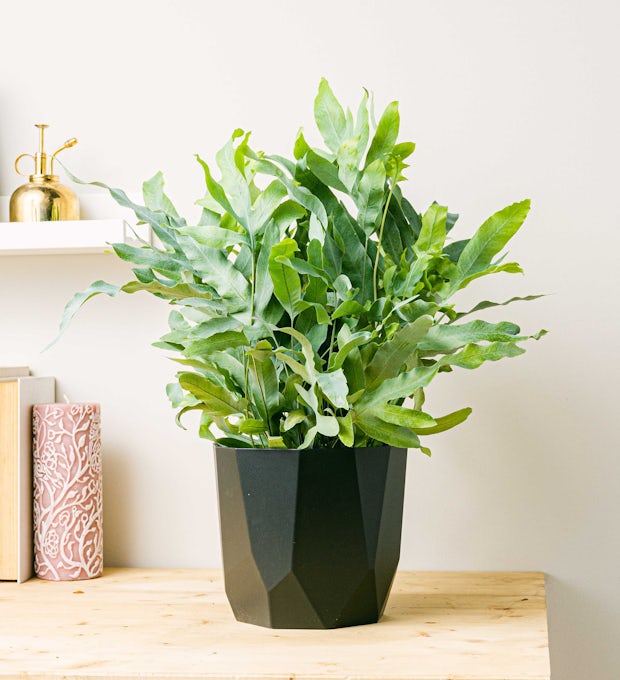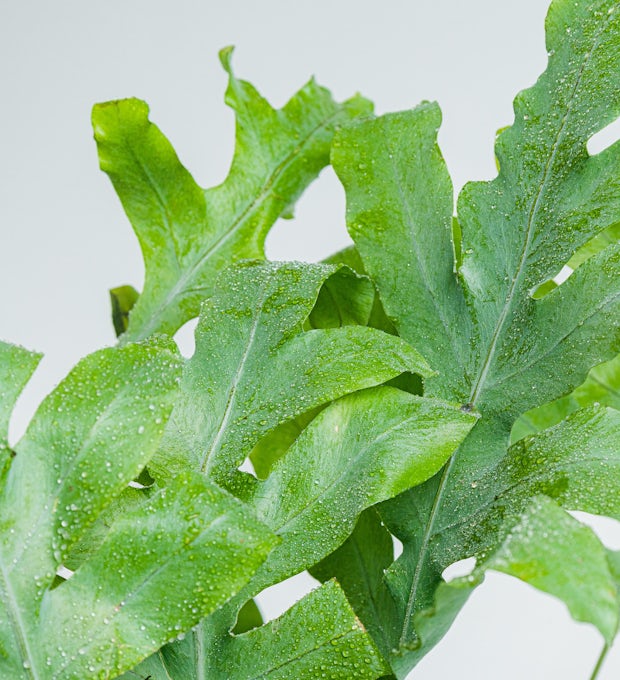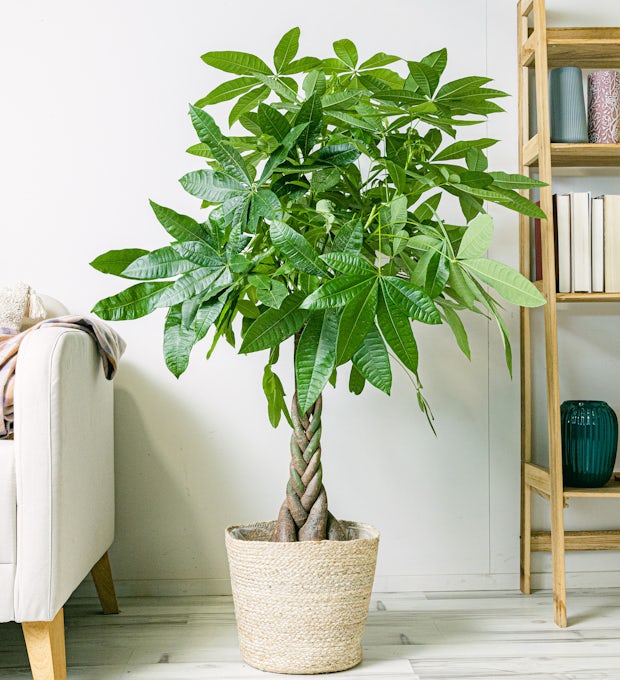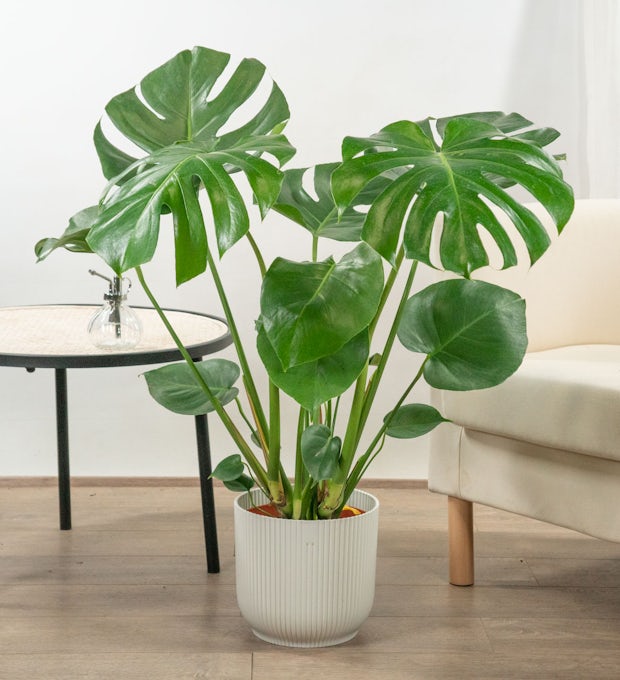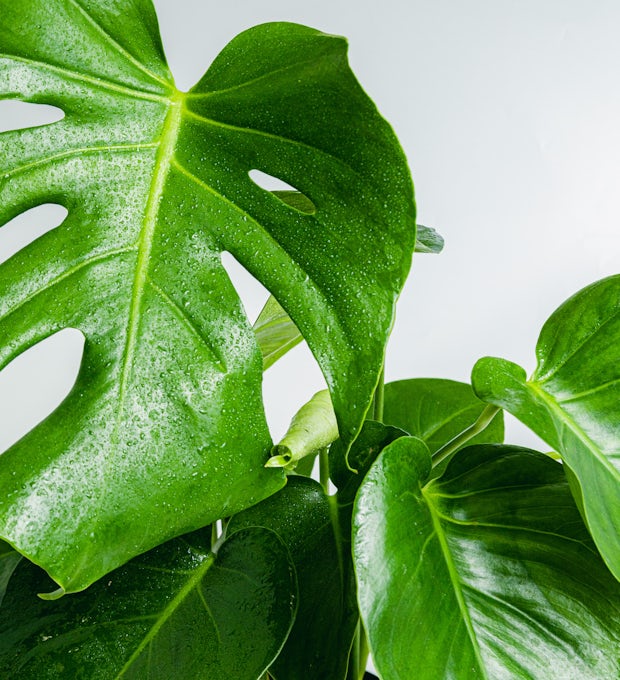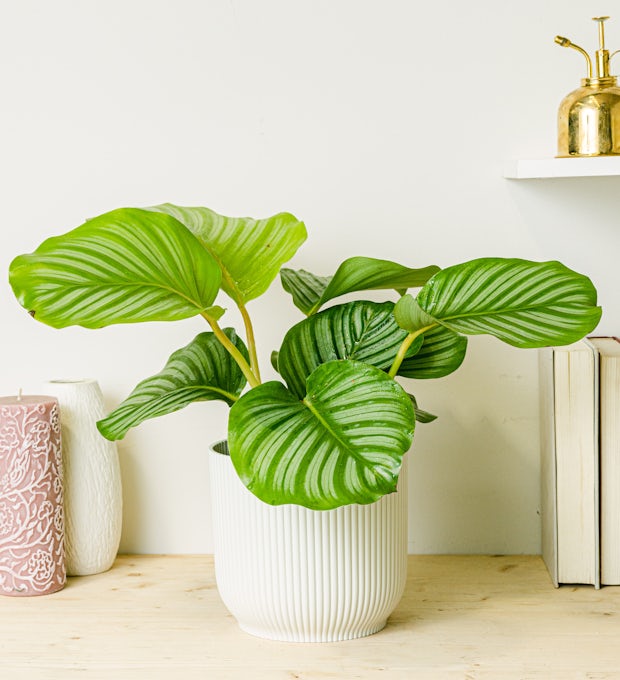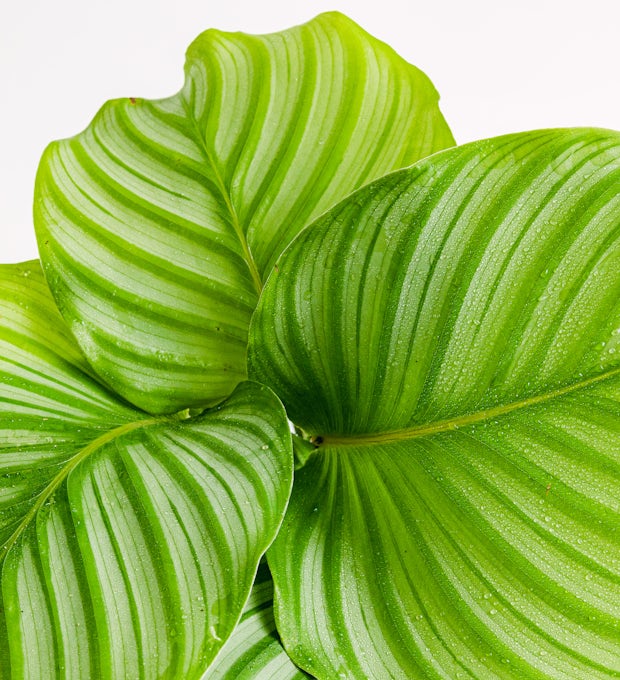All of us at some point, whether motivated by curiosity or by a school assignment, have germinated some seed, even beans. It's an amazing thing to see how from something so small a plant can emerge that will grow and develop into an adult capable of producing fruits, flowers, and seeds.
But not all plants follow this cycle to reproduce, because depending on their species they have other means at their disposal. Believe it or not, not all plants produce seeds.
Flowers and bees: How plants reproduce
Plants are complex living beings, with a wide variety of particular characteristics depending on their species and ways of reproduction, but for practical purposes we are going to summarize them in two: sexual and asexual.
- Sexual reproduction involves both male and female plants. The pollen that is in the stamens of male plants is transported by various means (in the feet of bees, in the wind, or with the help of insects or birds) to the interior of the flowers, which are female reproductive organs, where the seeds will be produced. Depending on the species of plant, these seeds can form in weeks, months, or years. There are some that are formed inside fruits, such as avocados, peaches and apples, for example.
- In asexual or vegetative reproduction, pollination is not necessary. The new plant is formed by cellular mitosis and the new plants are exact copies of their parent. It is typical of non-vascular plants and can occur by spores, bulbs or by human action, which takes portions of this plant and makes the vegetative multiplication.
A classic example of plants with asexual reproduction is ferns. If you take a frond from a Boston fern you can see small brown dots that look like seeds, but are actually the spores of the plant, which do not require pollination in order to become new plants.
We ship plants to all locations, you can see more options here.
Is it possible to reproduce a seedless plant?
Almost all houseplants can reproduce without the need for seed, even if they have the ability to do so. For example, Sansevieria in its natural habitat produces white, pink or red flowers and even fruits. Indoors, it's difficult for them to develop flowers (and it takes some time), so it's more common to reproduce them using leaf cuttings. This is true for most succulents.
Cuttings are another shortcut to reproducing your plants without having to wait for the seeds to sprout. It's much simpler and faster to make a cutting from a healthy plant develop roots and grow into a new plant. As long as they have the right conditions of substrate, watering and lighting, you can create new plants with cuts made to your other plants. If you have a pothos or a pilea, you can try it with a small cut. These plants reproduce without much drama and you can give baby plants to your friends, in fact it is considered good luck and that it attracts prosperity.
We ship plants to all locations, you can see more options here.
